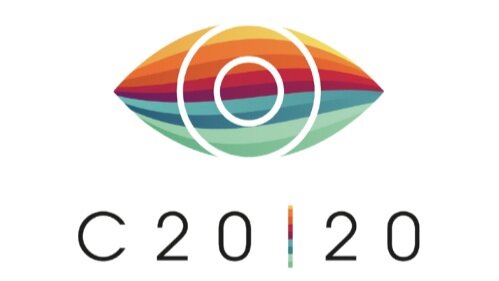Immune Modulation for Enhanced Delivery
IMED will develop
ocular drug delivery vehicles to treat front and back of the eye diseases, using eye drops and contact lenses to address unmet clinical needs and minimize healthcare burden. Partnering with Ontario and international companies, IMED will commercialize entirely new classes of treatments for conditions of the eye.









Proposed Abstract
The development of new, alternative materials and drug delivery systems to improve human life is ubiquitous; over the past 40 years, advances in biomaterials science have impacted patients worldwide. The market is expected to reach $348 B USD annually by 2027, driven in part by the aging population (https://www.grandviewresearch.com/press-release/global-biomaterials-market). However, these materials continue to underperform in practice. Between the 1950s and 1970s, first generation biomaterials were most often materials that had been developed for other applications and were selected based on their physical properties with a goal of inertness. As understanding of the biological interactions with the materials developed, emphasis shifted toward the use of specific bioactive components to elicit specialized biological responses. Current research is focused on developing materials that are smart and/or biomimetic; in the latter case, biomaterials are incorporated with various biological entities including growth factors and anti-inflammatory moieties with a goal of creating a biological response for wound and tissue healing.
The foundation of IMED's strategy lies in developing bio-instructive materials to modulate inflammatory and immune responses to overcome tissue-damaging and therapy-suppressive environments in the eye. Inflammation plays a role in a variety of disease conditions treated with biomaterials in all areas of the body. In the ocular space, corneal wound healing, dry eye diseases (DED), and back of the eye conditions such as age-related macular degeneration (AMD) are thought to be mediated primarily by inflammation, at least at the early stages. Characterized as “acute” and “chronic”, inflammatory and immune responses are fundamental for disease progression and potential treatments modalities crucial for unmet needs. The inflammatory response can, for example, lead to vicious inflammatory cycles increasing disease severity in wound healing, DED, and AMD. We will therefore develop anti-inflammatory vehicles for localization at disease sites and the release of immune modulating drugs. Moreover, the predicted increase in ocular disease prevalence also necessitates the development of at-home therapies to minimize healthcare burden, a primary objective of this grant.
With private sector partners (PSPs), we have assembled a world-class team to take advantage of medical device design strategies that are compatible with current clinical and startup company practices to facilitate efficient device commercialization. To mimic current practices in startup research project organization, the research program was de-risked with two low-risk, high-reward projects that build towards a high-risk but very high reward project with strong mitigation strategies to maximize the potential of future investments. Specifically, while this Ontario Research Fund grant will enable the development and commercialization of new drug delivery technologies for the local modulation of inflammatory and immune environments to treat eye diseases, the technology will be amenable for future translation ranging from antibiotic delivery to various ocular tissues to diabetic macular edema. These technologies will be commercialized by our partners or through spin-out companies from the research team, leveraging the extensive expertise of the investigator team in such translational activities, to generate wealth and jobs in Ontario.


